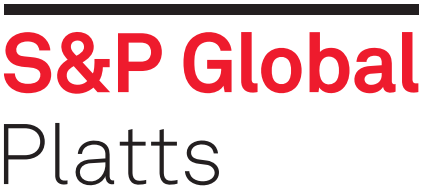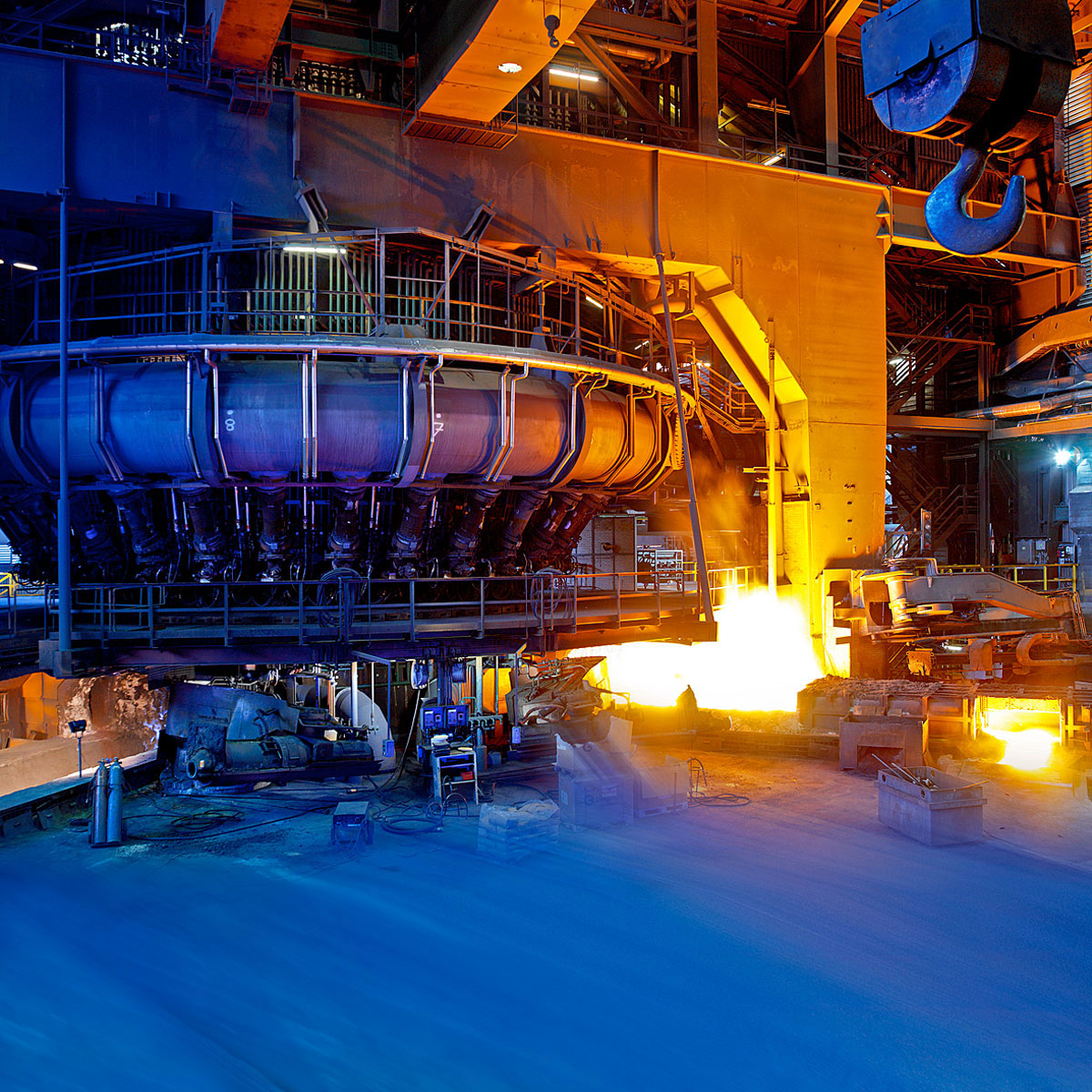China’s electric arc furnace, or EAF, steelmaking capacity will increase by 14.3 million mt/year in 2021 to about 196 million mt/year, accounting for 15% of China’s total crude steel capacity, according to S&P Global Platts Analytics.
However, the growth of EAF capacity will slow down in 2022-2023, as tight scrap supply and expensive electricity will continue to undermine EAF steel’s profitability.
The net increase of China’s EAF steelmaking capacity will be just 6.1 million mt/year in total over 2022-2023, according to Platts.
Tight scrap supply
Although China has restarted scrap imports since the start of 2021, the market consensus is that the total scrap import volume in 2021 is unlikely to surpass 5 million mt/year, as recovered global demand has pushed up overseas scrap prices.
Meanwhile, according to China Association of Metal Scrap Utilization, China’s domestic scrap supply is likely to increase to 270 million mt in 2021, up by 20 million mt from 2020, accelerating from about 10 million mt increase in 2020 from 2019.
Although the imported and domestic scrap supply may increase by as much as 25 million mt in total in 2021, the scrap supply and demand are likely to remain in a tight balance, not only because EAF capacity is expanding, but also the scrap utilization ratio in pig iron and steel making process have been rising, in a bid to offset pig iron loss caused by China’s emissions reduction campaign.
Some market sources said some integrated mills, who use blast furnaces and converters to make pig iron and steel, increased their scrap consumption in the first quarter of 2021 by almost 60% from the level in early 2020, and 11% from early 2019. They said even if China’s pig iron production was unchanged year on year in early 2021, its crude steel output would still be a lot higher on a yearly basis.
Meanwhile, the ratio of China’s crude steel output to pig iron output increased from 1.19 in December 2020 to 1.21 in January-February 2021. This indicated scrap utilization ratio in China’s converter steel making process largely increased in early 2021 from late 2020, as EAF utilization rates were actually lower in January-February than in December due to Chinese Lunar New Year holidays.
In tandem, the Chinese domestic scrap prices increased by Yuan 370/mt, or 12%, from the end of 2020 to Yuan 3,390/mt as of March 19.
Hebei province’s Tangshan city announced on March 19 to reduce the utilization rates of most local blast furnaces and converters by 30% from March 20 till the end of 2021, in a bid to reduce pollutions emissions, causing scrap prices to fall slightly in recent days.
However, some market sources believed China’s efforts to reduce emissions will eventually lead to higher scrap consumption in pig iron and steel making process across the country, especially if the output cuts in Tangshan help to improve the Chinese steel profit margins.
Some sources said integrated mills could increase scrap utilization ratio to as high as 35% by adding scrap into blast furnaces, torpedo carts, converters and ladle furnaces, while the ratio is currently just around 15%-25%.
Expensive electricity
Besides scrap supply remaining tight for further boosting China’s EAF development, China’s expensive electricity prices have also hampered EAF development.
China’s industrial electricity prices range roughly from Yuan 0.45/kWh to Yuan 1.45/kWh, depending on the time of the day. Even at the lower end of the electricity prices, the power cost of EAF steel, consuming 100% scrap, will be Yuan 150/mt higher than that of steel made through blast furnace and converter route, according to Platts analytics.
Moreover, China’s electricity prices are likely to trend upward in the following years, driven by efforts to reduce carbon emission as well as by rising electricity demand.
China is expected to issue more policies to support EAF development in 2021-2025. But to establish a mature scrap supply chain is likely to take another two to three years, while expensive electricity will continue to hold back the development of electric arc furnaces or EAFs.
Platts believes blast furnaces and converters, with 1.05 billion mt/year pig iron and 1.09 billion mt/year crude steel capacity by end of 2021, will remain the main route to make iron and steel, while the EAF capacity, 197 million mt/year by end of 2021, a supplement.
— Analyst Jing Zhang






